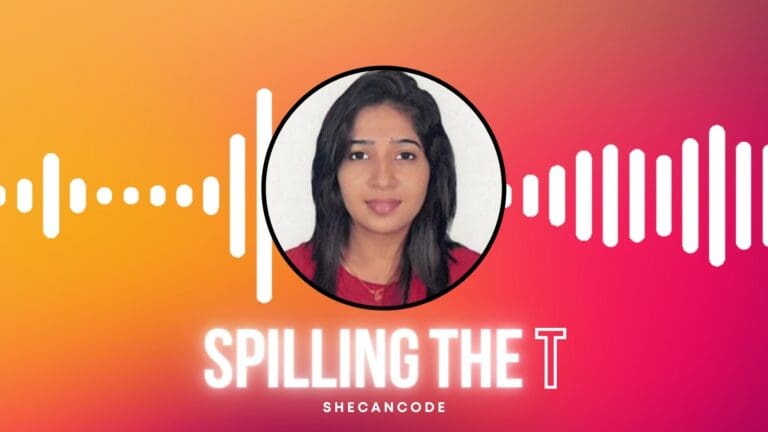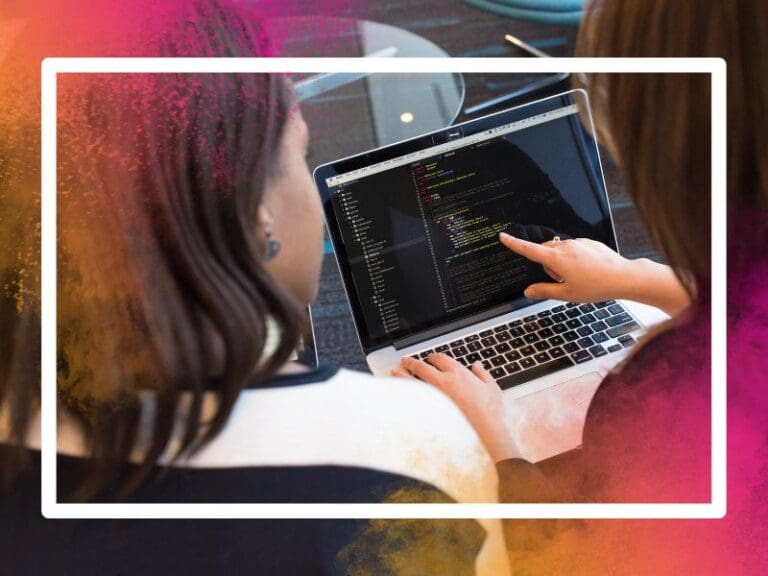Diversity, equity, and inclusion find themselves in peculiar circumstances.
In North America, these initiatives, which have always faced criticism—perhaps justifiably or not—have since become the latest target of a federal-sanctioned cancellation campaign that sets a dangerous precedent for global DE&I initiatives.
The implications are far-reaching. These laws of ignorance are poised to significantly impede or completely halt the progress of marginalised groups entering and succeeding in industries, like STEM, that still remain disproportionately homogenous.
But aside from this infringement on equal opportunity and civil rights, the tail end of DE&I’s abolishment will likewise hinder the kind of innovation that can only be borne from a diverse and collective mindset. A glass ceiling is almost certainly being put over innovative industries where, when it comes to ideas, the sky should be the limit.
As a Black British woman who is an engineer by profession and currently working in the US, it’s challenging to remain emotionally unaffected by these developments and not take things personally. However, the suggestion that I, along with many others who do not fit the white, privileged male mould, might be perceived by some as a “DEI” hire to fulfil a quota rather than because of our professional competence is quite insulting. In fact, due to the established barriers that marginalise individuals in every career, their presence is more likely a testament to their exceptionalism.
Disadvantages can manifest in two ways: they can either reaffirm a cycle of underachievement or serve as a galvanising force that drives one to succeed despite setbacks. As one of the very few Black children in my school, my mother always told me that I would need to work twice as hard to achieve half the success of my peers. This thought has remained with me throughout my life, motivating me to strive to be the best I can be. While my success in my career has undoubtedly benefited from allyship and even luck, a greater portion is attributed to my work ethic, personal principles, and skill in this field.
Today’s reality is that corporations are increasingly required to repeal their DE&I initiatives on the grounds that these inherently liberating interventions are unfairly favourable to the disadvantaged rather than hiring the ‘best’ candidates for the role. What is more likely is that a particular cohort of people – long emboldened by historical entitlement – feel threatened because they know deep within that they are probably not the most qualified nor the ‘best’ people for the job.
The breadth of attacks on DE&I smacks of an erasure of decades or even a century of actions to promote the simple liberties of those who have been systemically oppressed or overlooked. But I don’t inherently believe that the marginalised are disempowered to fight back against these modern-day regressions. However, in the current climate, approaches need to be more holistic, organic, and sustainable.
Focusing energies on nurturing, growing and inspiring the young from the most formative years by normalising diversity across all industries will be crucial to shaping a more open and, thus, more innovative world. For it is within these earliest stages that misconceptions and biases about careers and what constitutes a ‘man’s’ job versus a ‘woman’s job’ are seeded and set.
Suppose the role models to which children are exposed through literature, teaching, and media are inclusive from the outset. In that case, they will come to believe that there are no barriers (over which they have no control—such as race or the gender which they are assigned) impeding their dreams.
I do remember a Black boy in my class once mentioning that his sister had attended university, and I thought, “Wow. That’s something I’d like to do one day.” Only with the benefit of maturity and hindsight did I recognise how important role models are in inspiring young people. They made me believe that opportunities were available if you applied yourself, worked hard, and wanted it enough. I remember my first experiences in engineering: I didn’t see anyone who resembled me in the field. I quickly came to realise that if children don’t see people who look like them in certain jobs, they’re less likely to pursue them. This realisation inspired me to write children’s books that, in a sense, reset the narrative around careers in a positive and child-friendly manner. After all, children aren’t born prejudiced; those views are shaped by their immediate world and the significant others who tell them who they can and can’t be.
Part of the argument for abolishing DE&I revolves around the belief that such initiatives don’t work and are a waste of time and money. I argue that many of these initiatives are already set up for failure. There are no rigid measurement frameworks to assess effectiveness, interventions may be poorly executed, and there is little accountability. All that remains is a performative tick-box exercise that is all image and no substance.
What this calls for is more analytical thinking: a curiosity for asking: why isn’t this as effective as we need it to be? Failure should provide an opportunity to learn, recalibrate and continuously do better. This is precisely what we do as engineers working on any project: many iterations and prototypes are developed before the best version emerges. How do we learn as humans? We have to fail. So why can’t we provide the same allowance to our imperfect DE&I programs if we want to do better?
My two young daughters frequently talk about jobs they admire – from astronauts to scientists – inspired by the women they’ve seen in the media and the stories they’ve read, a direct result of DEI efforts. This undoubtedly suggests that such initiatives indeed work to some extent, and their effects resonate. While these may be challenging to quantify, they manifest in subtle ways, particularly in the aspirations that children share with their families.
The world was once heading in the right direction. It still can, and I remain hopeful. The old adage is that education is the great enabler. I think children’s books that inspire in a climate of ignorance and anti-experts will be one of the most compelling ways of shaping a more equitable future.







